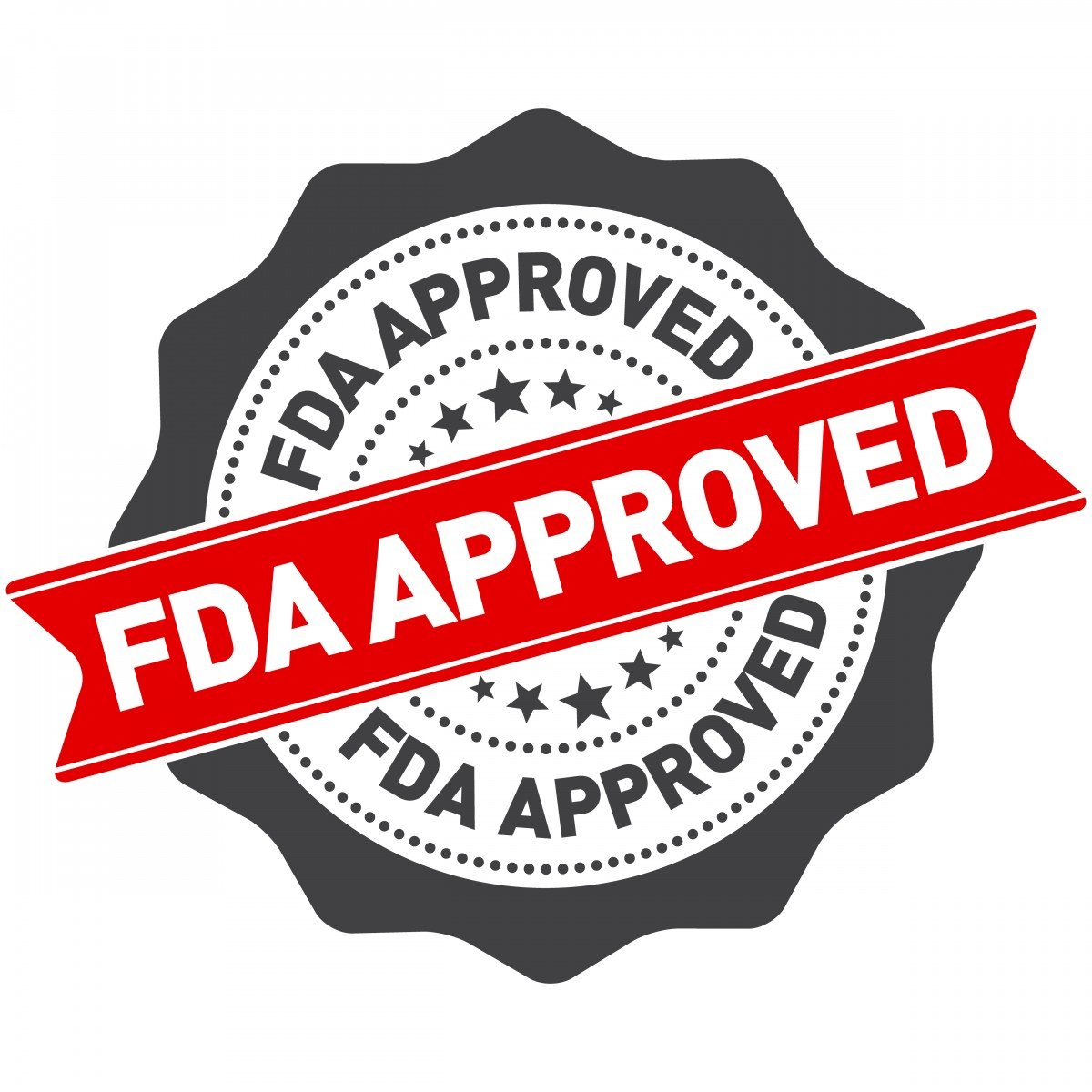Tyvaso Becomes 1st PH-ILD Treatment Approved in US

462488992/Shutterstock
Tyvaso (inhaled treprostinil) has become the first treatment approved in the U.S. for people with pulmonary hypertension associated with interstitial lung disease (PH-ILD).
The U.S. Food and Drug Administration (FDA) approved Tyvaso, developed by United Therapeutics, to improve exercise ability in PH-ILD patients, the company said.
“The regulatory approval of Tyvaso, an inhaled treatment, is exciting news both for patients with PH-ILD and the physicians who treat adults living with this serious, life-threatening disease” — for which there were no approved therapies until now — Aaron Waxman, MD, PhD, director of the pulmonary vascular disease program at Brigham and Women’s Hospital, said in a press release.
“This will change the way we manage these patients,” added Waxman, who is the chair of the steering committee of the Phase 2/3 INCREASE trial (NCT02630316) that supported the regulatory approval.
With such a breakthrough for PH-ILD patients, United is “treating this indication launch with a sense of urgency,” said Michael Benkowitz, United’s president and chief operating officer.
“We’ve already expanded our field-based teams by 40% to educate the ILD community on the benefits of Tyvaso and how to properly diagnose PH-ILD. We expect rapid uptake of Tyvaso in this indication and expect to double the number of patients on Tyvaso therapy by the end of 2022, barring any COVID-related delays,” Benkowitz said.
The decision comes less than eight months after the agency agreed to review United’s supplemental new drug application requesting that Tyvaso’s label be expanded to include PH-ILD.
The therapy was approved by the FDA in July 2009 for pulmonary arterial hypertension (PAH), which has a World Health Organization (WHO) group 1 classification. That WHO classification, used for numerous purposes from records to reimbursement, are expected to help fight the disease.
Given as an inhaled solution in a hand-held, portable device, Tyvaso works by widening blood vessels in the lungs. That, in turn, lowers blood pressure.
ILD is a group of disorders characterized by fibrosis or scarring in the lungs. At least 15% of people with early stage ILD, and up to 86% of those with late-stage disease, develop PH, which is then classified as WHO group 3 pulmonary hypertension.
“Adults living with both interstitial lung disease and pulmonary hypertension typically have a poor quality of life because of increased shortness of breath, poor exercise tolerance, and increased mortality,” Waxman said.
The approval was based on data from the Phase 2/3 INCREASE study, which evaluated the safety and effectiveness of Tyvaso (inhaled four times daily, up to 12 breaths per session) against a placebo in 326 adults with PH-ILD.
INCREASE is the largest and most comprehensive completed trial to date of adults with PH-ILD, United said.
After 16 weeks (about four months) of treatment, Tyvaso-treated patients had a mean, significant increase of 21 meters (about 69 feet) in the six-minute walking distance (6MWD) test, compared with a 10-meter decrease in those on a placebo. That met the trial’s main goal of improving patients’ exercise capacity.
The 6MWD test measures the distance a person can walk in six minutes; it is used routinely in medical research to assess physical function in people who are able to walk.
Significant Tyvaso-related improvements also were found in the study’s secondary goals, such as a reduction in the cardiac function biomarker NT-proBNP — meaning less heart strain — and a delay in time to the first clinical worsening event.
The therapy also was associated with improved lung function and significantly fewer disease flares.
Notably, treatment benefits were seen across several patient subgroups, including those based on the cause of PH-ILD, as well as disease severity, age, sex, dose, and blood flow measurements before the trial.
Tyvaso was generally well-tolerated, with a safety profile consistent with that observed in previous trials. The most commonly reported adverse events, or side effects, included cough, headache, shortness of breath, dizziness, nausea, fatigue, and diarrhea.
Martine Rothblatt, PhD, United’s chairperson and CEO, said that “the FDA approval of Tyvaso for patients with PH-ILD is a landmark treatment advancement for this vulnerable patient population.”
“We plan to tap into our experience and expanded infrastructure to bring this safe and effective inhaled therapy to the many patients living with PH-ILD in the United States,” Rothblatt added.
PH is estimated to affect at least 15% of patients with early stage ILD, which is about 30,000 PH-ILD patients in the United States. It also may affect up to 86% of people with more severe ILD.
A potentially more convenient, dry-powder formulation of Tyvaso, called Tyvaso DPI, is currently being developed by United, in collaboration with MannKind — the creator of the Dreamboat inhalation device used to deliver the new formulation.
United is planning to file a regulatory application to the FDA by midyear requesting the approval of Tyvaso DPI for the treatment of PAH and PH-ILD.







